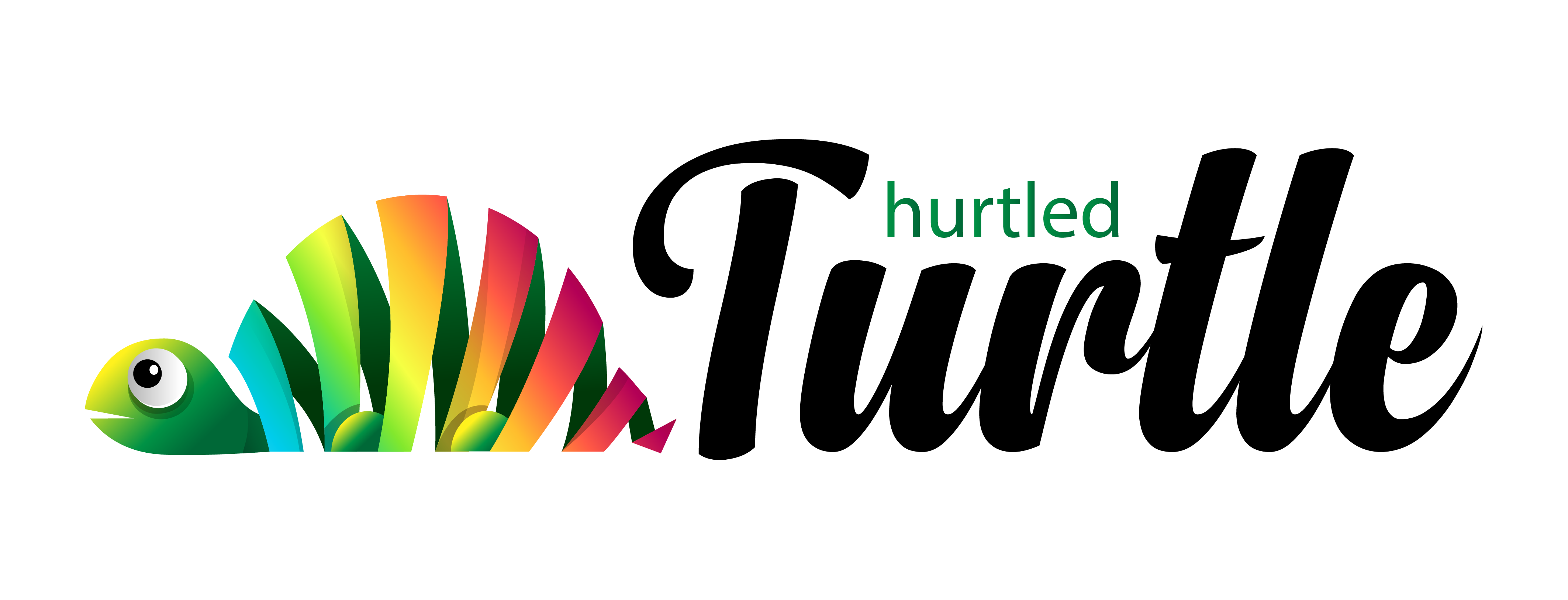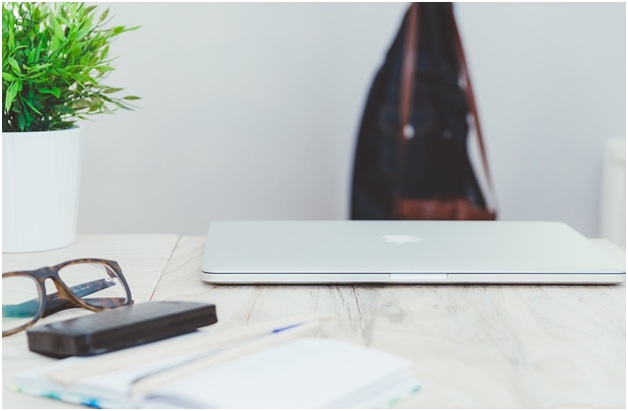Did you know that how an office is designed can play a significant role in your staffs’ efficiency? Did you know that a person’s workspace can affect their behaviours and moods?
Researchers have found that improving workplace ambience, temperature and layout can boost staff productivity by up to 20%.
Wondering how to create the ideal work environment? Below are six ways office fit-outs can improve productivity.
Cultivate a culture of productivity
While workplace culture is an intangible aspect of what makes your company different from every other business, it does play a role in how productive your team members are.
Employees need to buy into a company’s vision and values if they are going to be enthusiastic about their role.
So, the first place to start is creating a workspace that fosters productivity. This is done by ensuring everybody is onboard and excited about the company’s mission. It also means encouraging healthy work-rest lifestyles, diet and sleep patterns to avoid nurn-out.
Use colour psychology
You might not know it, but colour does impact how you and your staff work. A bland monochrome workspace could suppress creative juice.
Several studies show colour affects our mood, but it can also have a profound effect on productivity. Different colours elicit different emotions.
That is why you may want to conduct a colour audit in your workspace to find suitable hues that trigger the right emotions in your staff.
If you want a happier, more laid-back atmosphere, for example, green and calming blue are two of the colours you may want to go for.
Meanwhile, if your goal is to trigger innovation, mellow yellow might be best-suited to the workspace.
Consider greenery and plants
With the increasing trend towards open-plan office designs, with some firms eliminating personal desks, this move often tends to make the workspace stark, bland and uncomfortable.
Introducing green plants in this kind of space not only helps decrease work-related stress, but it has also been shown to help increase productivity.
According to a UK study, bringing plants into the office increases productivity by up to 15%. Also, when employees have plants and greenery around them, it helps improve their mood.
Encourage staff to design their workstation
While you may not want to hand over complete control of office plan and design to employees, requesting for their input in the design is an excellent way to foster a sense of ownership among your staff members.
Go a step further by creating a flexible policy that encourages employees to personalize their workstation. However, be sure there is a clear guideline of what is acceptable and not.
Regulate temperature
Thermostat battle at the workplace is real, and it is easy to see why. People have a varying degree of needs when it comes to how hot or cold they prefer their workspace to be.
Colleague thermostat rivalry aside, your office temperature can impact productivity level.
According to a 2004 Cornell University study, workers who struggle to stay warm tend to make more mistakes resulting in a 10% increase in labour cost.
When the brain is preoccupied with regulating body temperature, it becomes pretty difficult for your employees to focus on their tasks at hand, which can, in turn, cause productivity to fall.
What to do? Ensure optimal workplace temperature that fosters higher output. A 2006 study by researchers from Helsinki University of Technology, found that the ideal temperature range for optimal productivity ranges between 20.9 degrees and 22 degrees Celsius.
Noise proof workplace
Noise, whether it is white noise or loud noise, can distract employees from giving their best. And, unfortunately, eliminating noise distractions is pretty hard.
However, being intentional with office plan and design can help keep noise minimal while noise proofing the workspace can help lessen outside noise.
Image Pixabay License CCO



